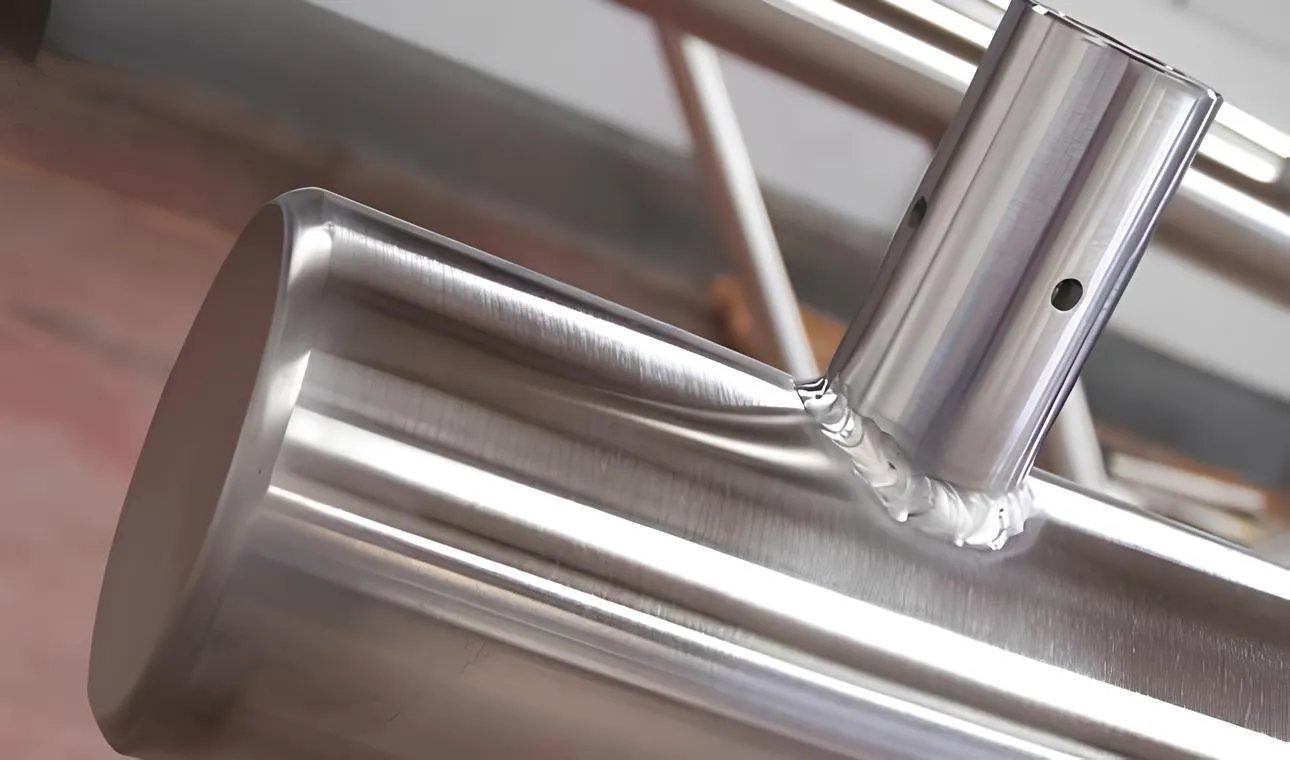
In hydraulic systems, stainless steel fabrication refers to the specialized process of designing, manufacturing, and assembling components and structures using stainless steel materials for use in hydraulic applications. Hydraulic systems use pressurized fluid to transmit power, and these systems are commonly found in various industries, including aerospace, automotive, construction, and manufacturing. Stainless steel fabrication in hydraulic systems involves creating components and structures that are resistant to corrosion, wear, and extreme temperatures, ensuring the longevity and reliability of the hydraulic system.
Here are some key aspects of stainless steel fabrication in hydraulic systems:
Stainless steel is chosen for hydraulic components due to its excellent corrosion resistance properties. Hydraulic systems often operate in environments where they are exposed to moisture, chemicals, and other corrosive elements. Stainless steel, with its chromium content, forms a protective oxide layer that prevents rust and corrosion, making it ideal for hydraulic applications.
Various components within hydraulic systems can be fabricated using stainless steel. This includes hydraulic pipes, tubes, fittings, valves, flanges, and other connectors. These components are designed and manufactured to withstand high pressures and provide leak-free connections, ensuring the efficient operation of the hydraulic system.
Stainless steel components in hydraulic systems are often welded together using specialized welding techniques. Welding ensures the joints are strong and durable, capable of withstanding the high pressures and mechanical stresses experienced in hydraulic applications. TIG (Tungsten Inert Gas) welding is a commonly used method for welding stainless steel components in hydraulic systems.
Stainless steel components may undergo precision machining processes such as drilling, milling, and threading to achieve the required dimensions and tolerances. Precision machining ensures that the components fit together accurately and function smoothly within the hydraulic system.
Stainless steel components used in hydraulic systems may undergo surface finishing processes such as passivation or electropolishing. Passivation removes impurities from the surface and enhances the corrosion resistance of stainless steel, while electropolishing provides a smooth and shiny surface finish, reducing friction and improving the overall performance of hydraulic components.
Fabricated stainless steel components undergo rigorous quality control measures to ensure they meet industry standards and specifications. Quality checks include dimensional accuracy, pressure testing, and inspection for defects to guarantee the reliability and safety of the hydraulic system.
Stainless steel fabrication in hydraulic systems is essential to create durable, corrosion-resistant components that can withstand the demanding conditions of hydraulic applications, ensuring the efficiency and longevity of the hydraulic systems in various industries.